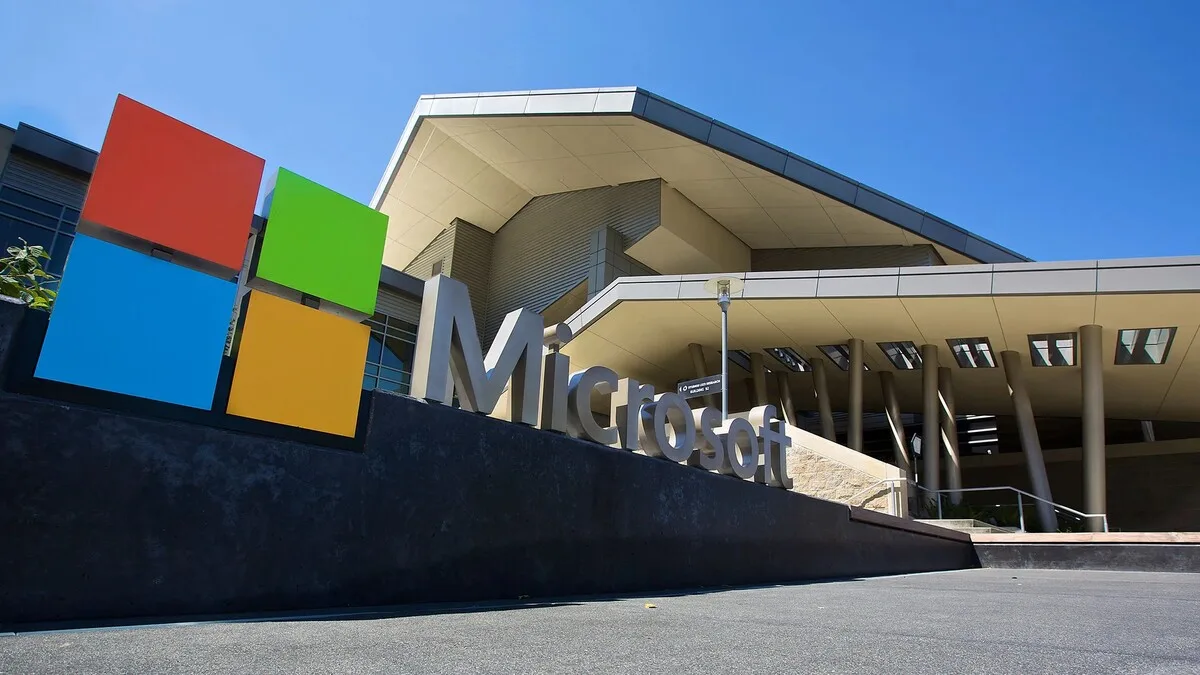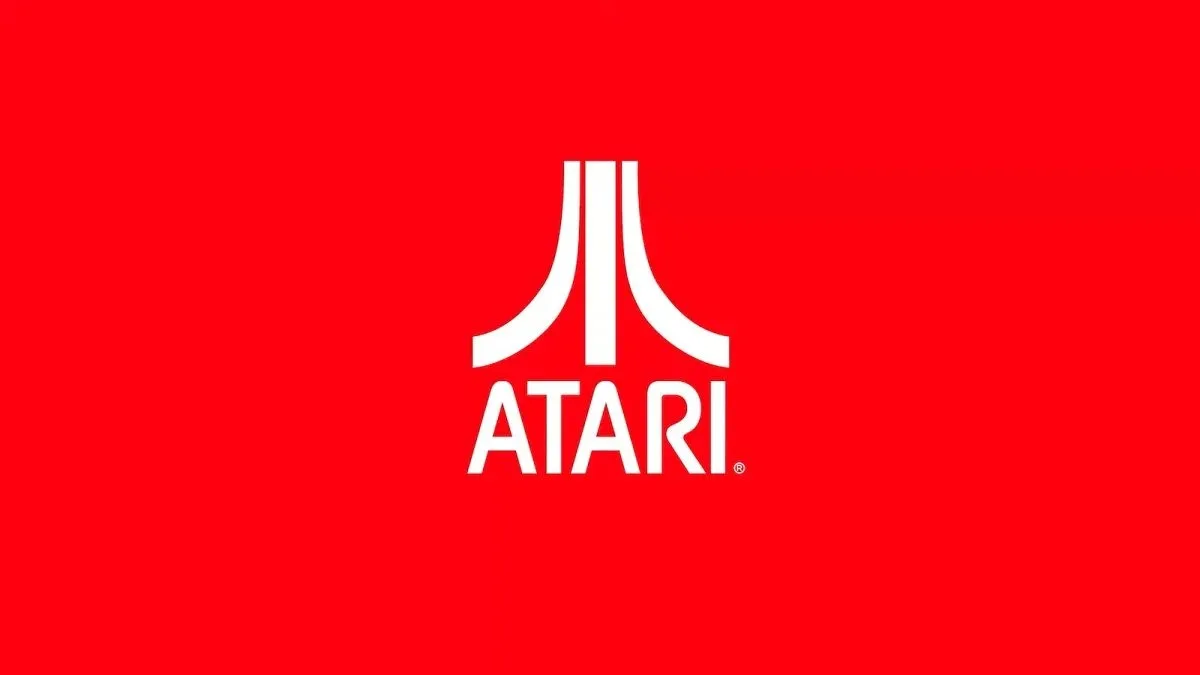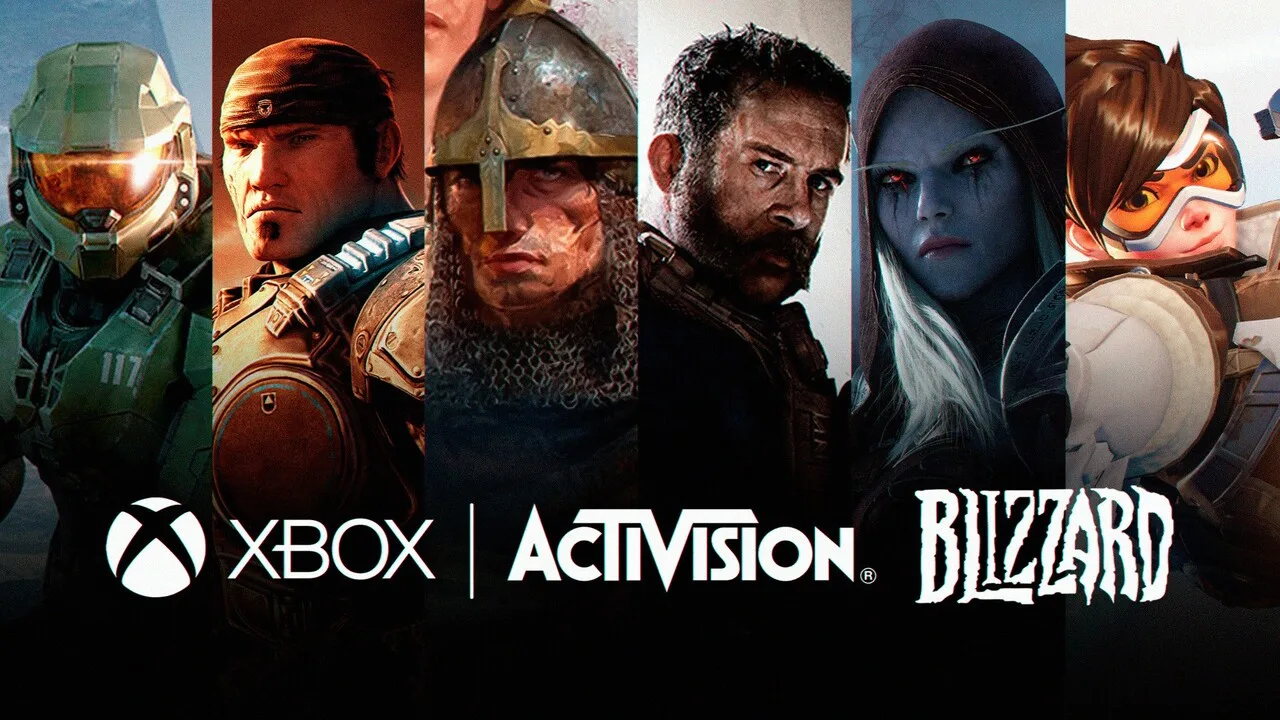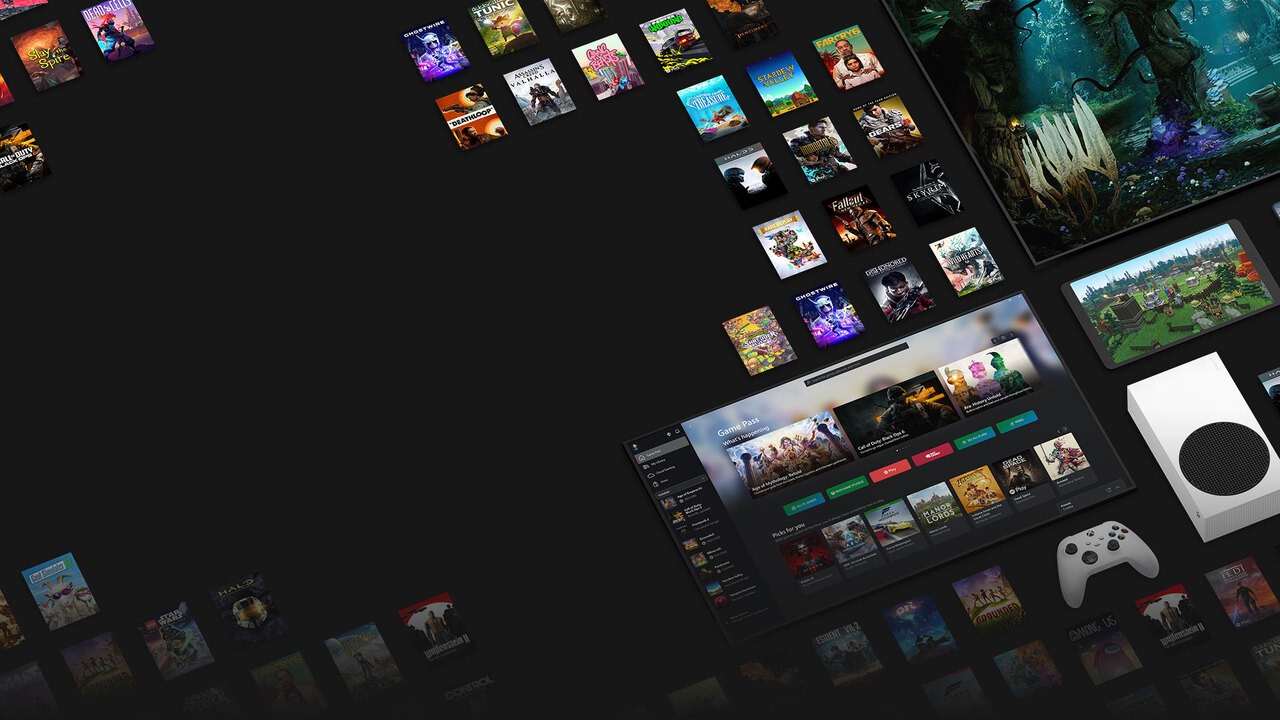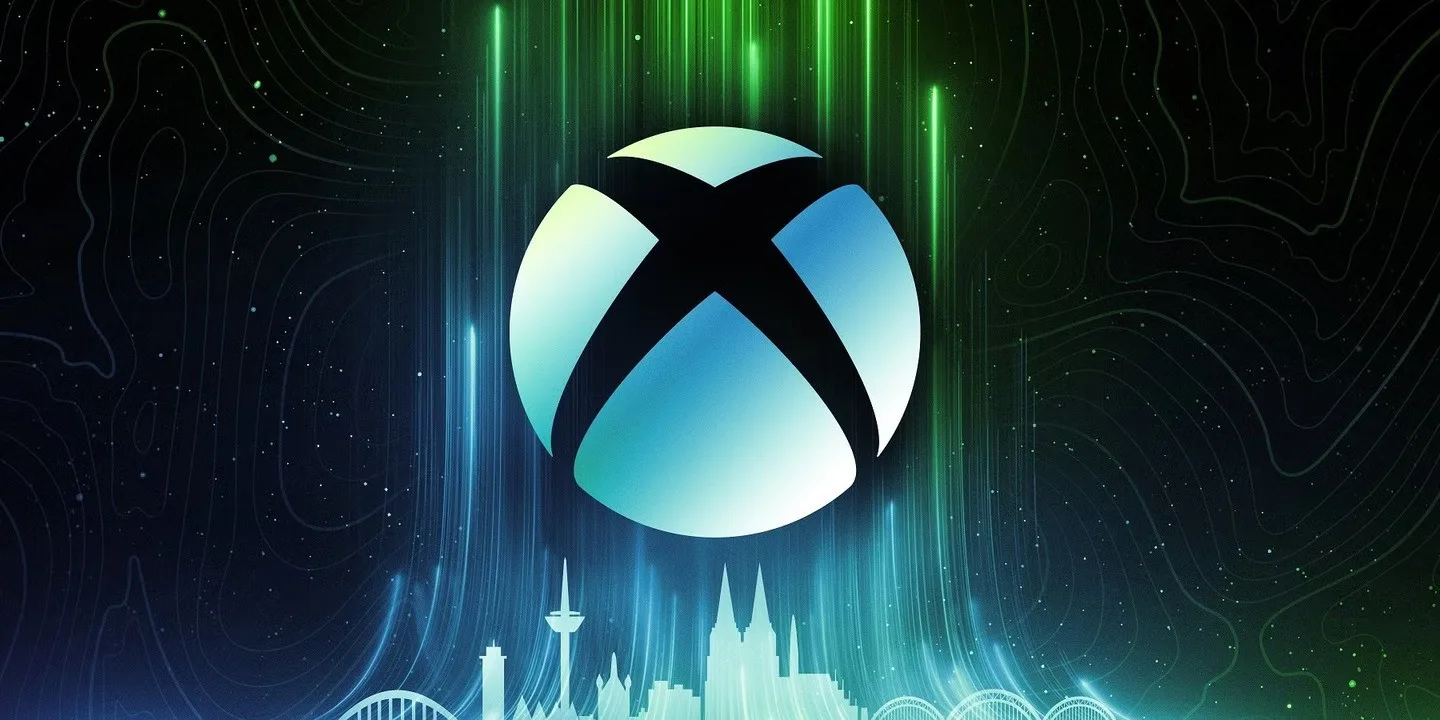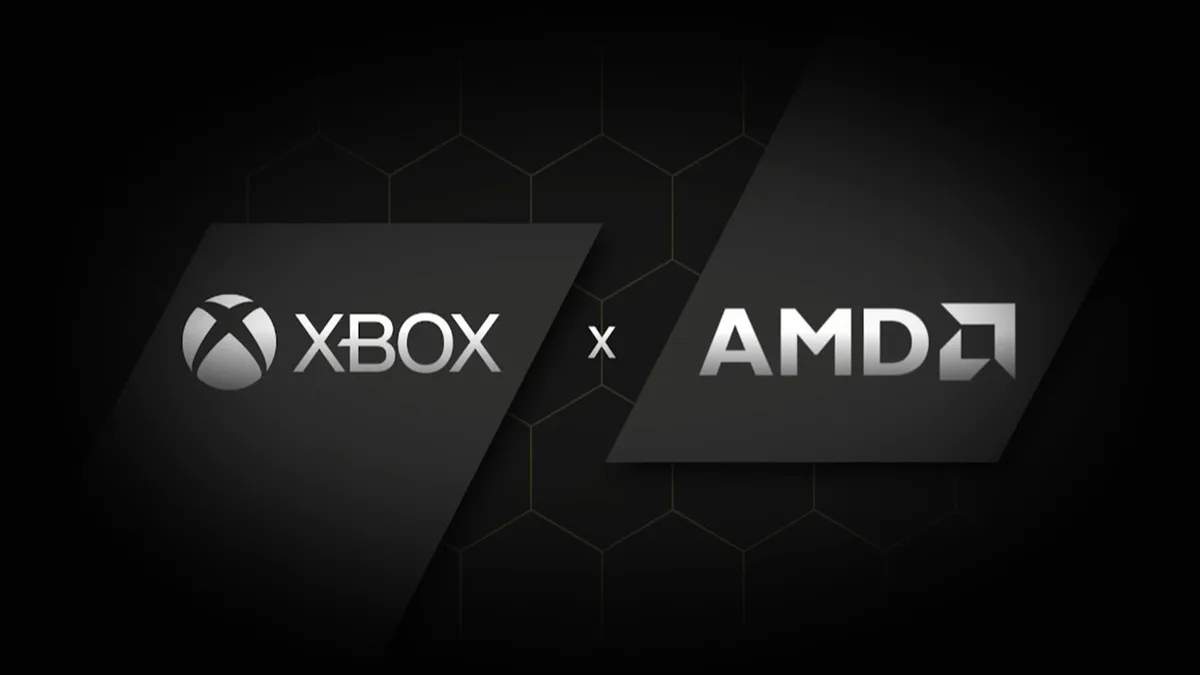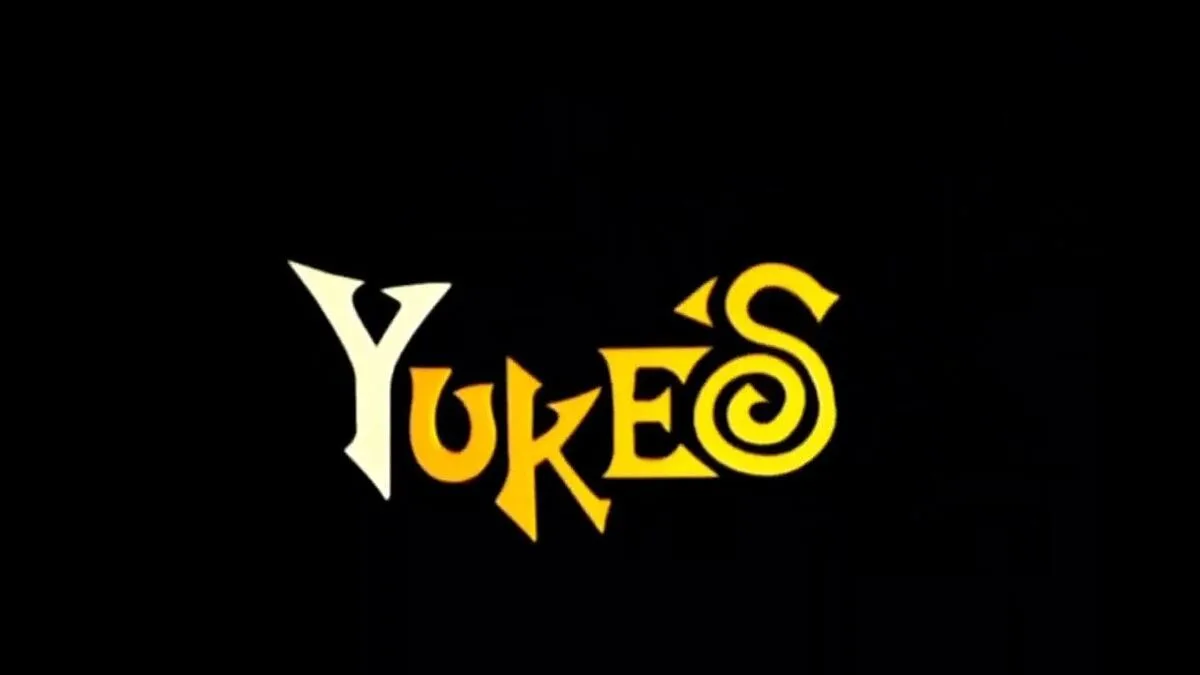
Yuke’s is not down and out despite general gamers perception
In the latest financial report for Q2 FY2025, Yuke’s Co., Ltd. revealed a compelling snapshot of its current trajectory. While the numbers reflect a modest dip in revenue compared to the previous quarter, the company’s… Yuke’s is not down and out despite general gamers perception

